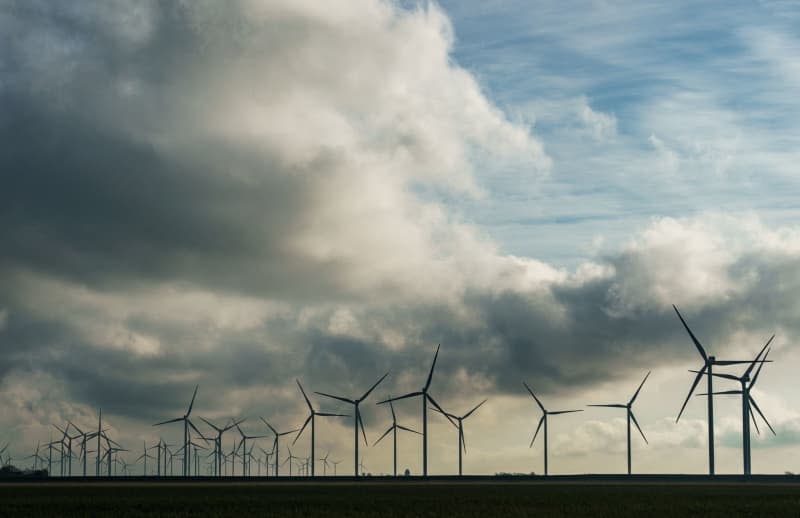Germany electricity grid deficiencies leading to wasted power

Germany's North Sea wind turbines are unable to deliver all the power they could produce to where it is needed most in the south of the country, grid operator Tennet told dpa on Sunday.
Grid bottlenecks led to a decline in power transmitted to 19.24 terawatt-hours (TWh) over the course of 2023, some 9% down on the year. The figure is equivalent to demand from around 6 million households.
"Owing to the continuing numerous bottlenecks in the electrical grid on land, the [power from] large windfarms in the North Sea increasingly has to be scaled back," Tennet chief executive Tim Meyerjürgens said.
Another factor is that there are hardly any large conventional power stations in northern Germany that could reduce their output instead, he noted. "This affects not only the electricity feed-in quantities, but also hits price setting," Meyerjürgens said.
He called for greater urgency in expanding the grid, with the construction of major so-called "electricity highways."
Tennet put total onshore and offshore wind power generation at 148.97 TWh in 2023, up 26.18 TWh on the 2022 figure. Power generated on the North Sea fell back by some four percentage points to 13% of the total.
Baltic Sea wind turbines, which fall into the part of the grid operated by the company 50 Hertz, generated 4.17 TWh last year, 0.55 TWh more than in 2022.
North Sea windfarm potential output rose by 70 megawatts (MW) last year to 7,106 MW, with the highest feed-in of 6,491 MW recorded on April 1.

